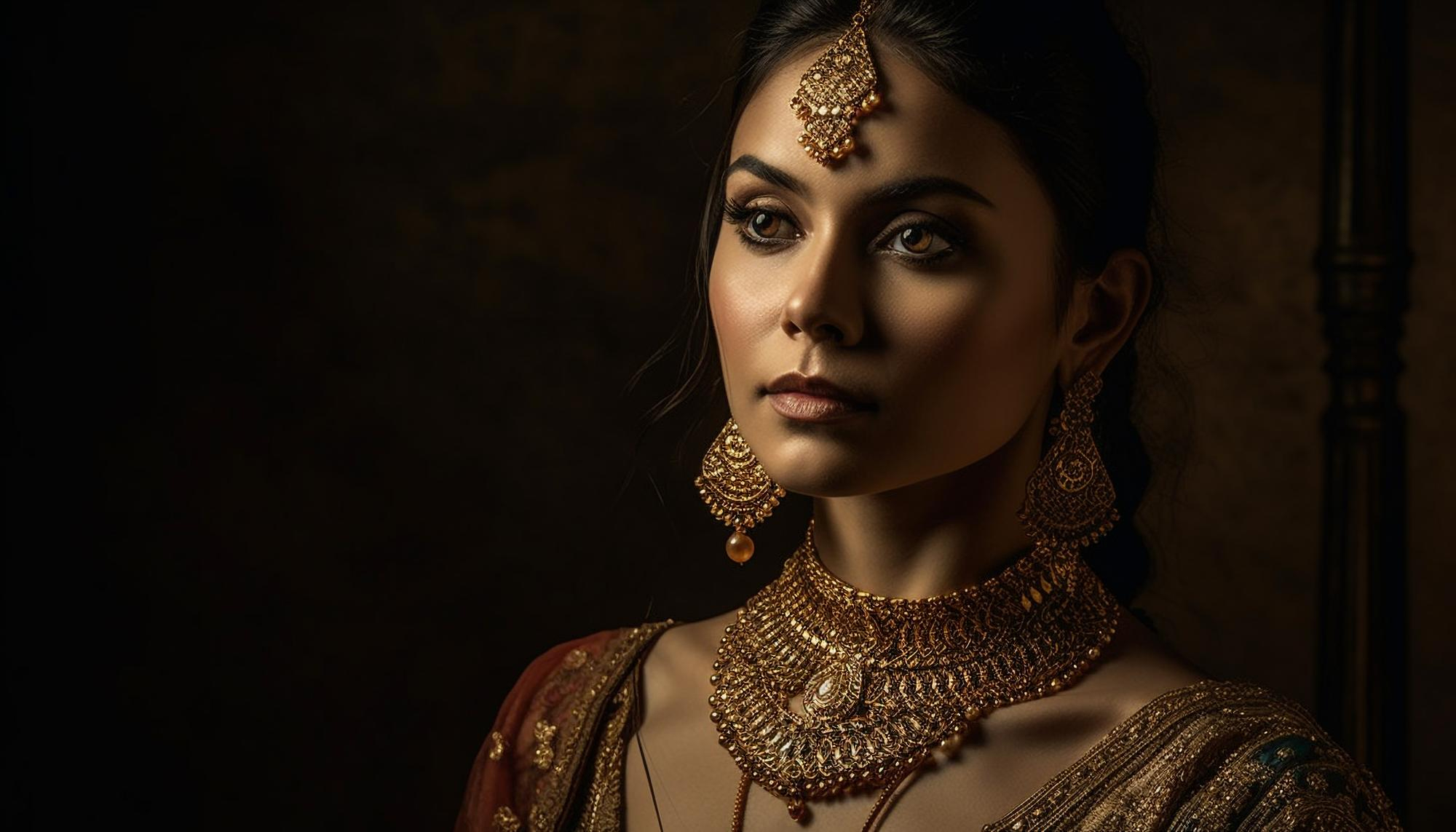Gold Purity Explained: Understanding Karats for Smart Jewelry Buying

Have you ever walked into a jewelry store and been overwhelmed by terms like “22k gold,” “18k necklace,” or “916 hallmark”? Wondering what they mean and how they affect the gold you’re buying? Well, fret no more! This article will be your guide to understanding karats and making informed decisions when purchasing your next piece of gold jewelry.
Table of Contents
What are Karats (K)?
Imagine a cake. The entire cake represents pure gold, which is incredibly soft and rarely used in jewelry. Karats (K) are a unit used to measure the purity of gold. It indicates the percentage of pure gold present in an alloy, a mixture of metals. So, a piece of jewelry labeled “18K” means it contains 18 parts pure gold and 2 parts other metals, like copper or silver, for strength and durability.
A Journey Through Karats:
24K Gold (99.9% Pure):
This is the purest form of gold, often referred to as “24 carat” or “hallmarked 999.” It’s incredibly soft and malleable, making it unsuitable for everyday jewelry. Imagine a beautiful, soft cloud – that’s 24K gold!
22K Gold (91.6% Pure):
This is the most popular choice in India for its beautiful golden hue and good balance between purity and durability. It’s often called “hallmarked 916” and is perfect for daily wear jewelry like bangles, chains, and earrings.
18K Gold (75% Pure):
This type offers a good balance between affordability and strength, making it ideal for intricate and delicate pieces like necklaces and rings. Think of it as a strong and beautiful golden thread, perfect for weaving intricate designs.
Beyond the Numbers: A Glimpse into History
Did you know that the concept of karats originated in ancient civilizations? The word “carat” comes from the Greek word “keration,” which refers to the seed of the carob tree. These seeds were used as a standard weight for measuring precious stones, and the practice eventually extended to gold purity.
Making Smart Choices:
Understanding karats empowers you to make informed decisions when buying gold jewelry. Here are some key takeaways:
Consider your needs:
24K gold might be the purest, but its softness makes it impractical for everyday wear. Choose a karat that balances purity and durability based on the intended use of the jewelry.
Reputable jewelers like Sri Krishna Thanga Maligai in Madurai, hallmark their gold jewelry with karat and purity information. This ensures you’re getting what you pay for.
Ask questions:
Don’t hesitate to ask the jeweler about the karat, purity, and other details of the gold jewelry you’re interested in.
Visit Sri Krishna Thanga Maligai for a Sparkling Experience!

At Sri Krishna Thanga Maligai, we understand the importance of transparency and trust. We offer a wide variety of gold jewelry in different karats, ensuring you find the perfect piece that fits your budget and style. Our experienced staff is always happy to answer your questions and guide you through your purchase.
So, visit Sri Krishna Thanga Maligai in Madurai and embark on a journey of exquisite craftsmanship, timeless beauty, and informed choices. We look forward to helping you find the perfect gold piece that will be cherished for generations to come!
Frequently Asked Questions:
- Divide the karat number by 24, then multiply by 100. For example, 14K gold is (14/24) * 100 = 58.3% pure gold.
- No. Gold-plated jewelry has a very thin layer of gold over a base metal. Gold-filled jewelry has a slightly thicker gold layer but is still not solid gold throughout.
- Look for hallmarks: These are tiny stamps indicating the karat purity (e.g., 10K, 14K). Real pieces should have these.
- Magnet test: Gold isn’t magnetic. If a “gold” piece sticks to a magnet, it’s fake.
- Consult a reputable jeweler: They can do more advanced testing if needed.
- Yes! Higher karat gold has more pure gold content, making it more expensive. Labor and design complexity also play a role in pricing.
- They all have the same gold content at a given karat. The color comes from the metals mixed in the alloy. Yellow gold uses copper and zinc, white gold uses nickel or palladium, and rose gold adds copper.